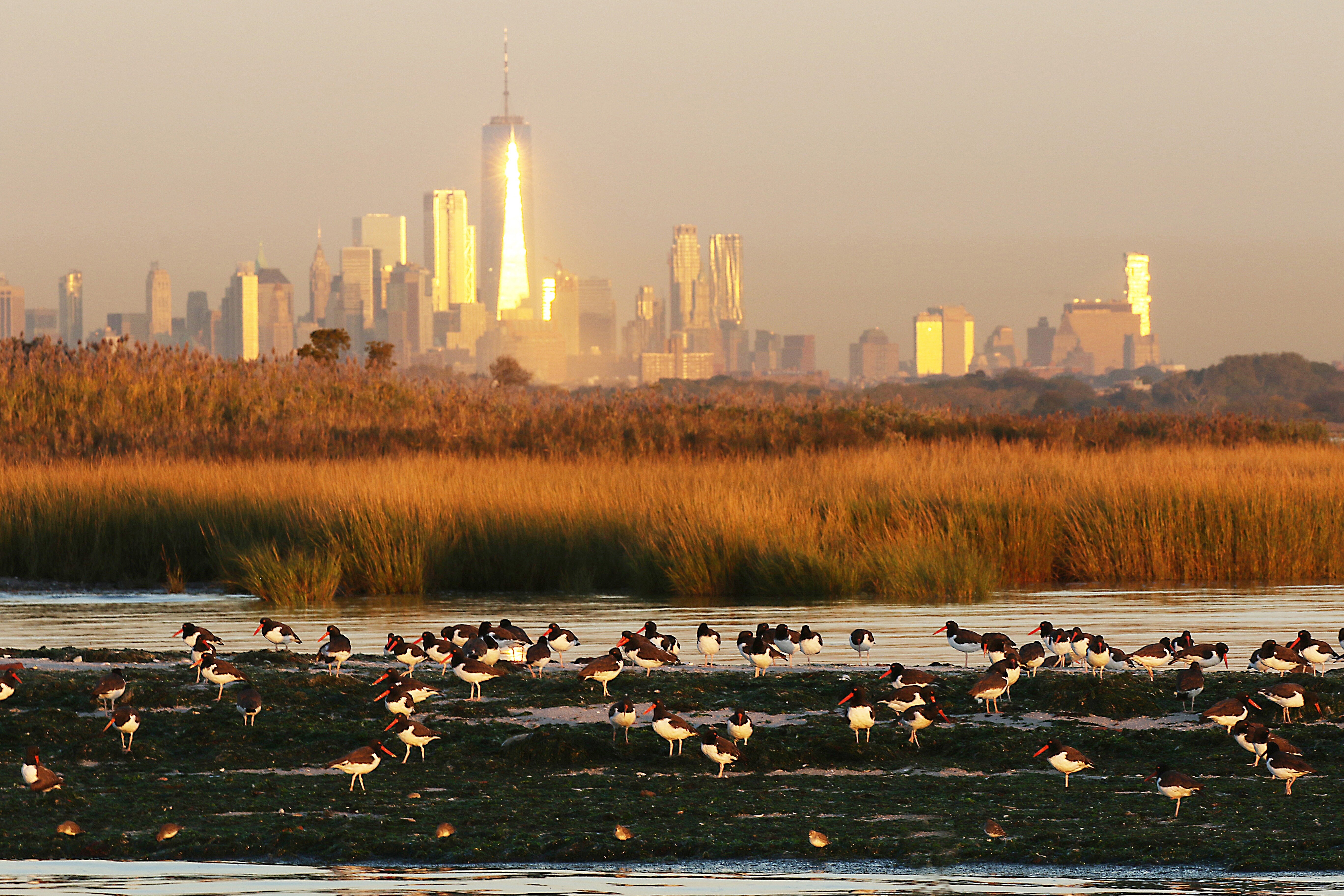5 ways to net a sustainable future for aquaculture
How environmentally friendly is the fish you eat?
Image: Fredrik Ohlander/Unsplash
Stay up to date:
Sustainable Development
Aquaculture is currently the world’s fastest growing food industry, and now accounts for over 50% of the total global seafood supply. Sustainable aquaculture growth is key to easing pressure on wild fish stocks, which are globally under stress as a result of overfishing. The industry is challenged with the responsibility of feeding a rapidly growing global population, and as worldwide seafood consumption increases, sustainable aquaculture production has to increase to keep up with demand. However, concerns have surfaced about the environmental repercussions of such growth. Thanks to innovation and technology, however, the focus has shifted towards the longevity and sustainability of aquaculture.
Here are five ways we can minimize aquaculture’s environmental footprint and push the industry to be more sustainable as it develops.
Moving aquaculture into land-based recirculating systems is one of the best ways to reduce or eliminate the environmental impacts of farming fish. Recirculating aquaculture systems (RAS) are technologies that create suitable conditions for aquaculture using indoor tanks, pumps, aerators and filters; with new developments, they can be designed to attain up to 100% water recycling within the system. The possibilities with land-based RAS are endless. They not only act as a mitigation strategy for traditional aquaculture’s environmental impacts, but also allow for aquaculture to take place anywhere, including in urban areas and the desert. In fact, desert aquaculture is proving an exciting opportunity for regions like the Middle East and North Africa.
Here’s a fact for you: oceans make up 70% of our world’s surface but furnish less than 2% of our food supply. Almost all efforts to develop marine aquaculture so far have focused on state jurisdictional waters of the coastal sea, generally situated within three nautical miles of the shore. The open ocean, however, offers deeper water and more powerful currents than in coastal areas; this in turn means that offshore aquaculture systems allow for more efficient dilution of waste produced from the farm system. Not only that, in offshore waters there are fewer nutrients and less biodiversity than in fragile coastal waters, enabling a faster dispersion of fish waste into the marine food web, with less environmental impact. These offshore systems are marine net pens that are placed out in the open ocean far from the coastline, and as a result make it a more environmentally conscious option, if land space is an issue and using the ocean is the only alternative.\
This type of system is a great, cost-effective way to reduce nutrient accumulation by using filter feeders to do the job of artificial filters. So how does it work? Well, multi-trophic aquaculture involves farming of species like shellfish, seaweed and carp alongside your target farmed species – salmon, trout, or shrimp. The byproducts from the feed you use for your target species become the feed source for the filter feeders. Consequently, this system reduces waste accumulation and helps improve water quality, all while providing additional economic value to the farm.
Some may argue that the cost benefits of using renewable energy sources is still marginal at best. However, when looking at the bigger picture, renewable energy sources could lead to a positive shift in the image of aquaculture. Firms have integrated renewable energy systems and aquaculture in a number of ways, like using wind turbines with installations for shellfish and macroalgae aquaculture, using solar-powered heating and cooling systems, and using of wind-powered water pumps. Investing in renewable energy sources to power aquaculture will help to reduce operating costs and boost competitiveness and profitability – and that’s before we even mention the reduced environmental footprint.
Half the fish we eat come from farms. Therefore, making environmentally responsible personal food choices is vital to guaranteeing the future of sustainable aquaculture and fisheries. As a consumer of seafood, being informed on the source of what’s on your plate, and buying accordingly, can make a lot of difference to how food is grown and manufactured. Eating from sustainable sources means you are consuming fish that was raised and caught in a sustainable manner, and which doesn’t cause overfishing or damage to the ecosystem.
In exercising your power as consumers, you are encouraging supermarkets and restaurants to push suppliers to provide healthy, sustainable fish for you. This in turn supports seafood suppliers who work in the most environmentally responsible way. As a result, you will be encouraging suppliers to steer clear of the unsustainable methods of catching and farming that are damaging the natural world. As a buyer, therefore, you can play a major role in securing the future of our oceans and seafood.
Aquaculture faces immense challenges in the future. But with the industry simultaneously growing and evolving, the goal of feeding the world in a sustainable manner is certainly attainable.
Don't miss any update on this topic
Create a free account and access your personalized content collection with our latest publications and analyses.
License and Republishing
World Economic Forum articles may be republished in accordance with the Creative Commons Attribution-NonCommercial-NoDerivatives 4.0 International Public License, and in accordance with our Terms of Use.
The views expressed in this article are those of the author alone and not the World Economic Forum.
Forum Stories newsletter
Bringing you weekly curated insights and analysis on the global issues that matter.
More on Sustainable DevelopmentSee all
Marco Lambertini and Marcelo Bicalho Behar
November 6, 2025
Pedro Leitao
November 5, 2025
Aimée Dushime
November 4, 2025
Jeff Merritt and Andras Szorenyi
November 3, 2025
Marielle Anzelone and Georgia Silvera Seamans
October 31, 2025





